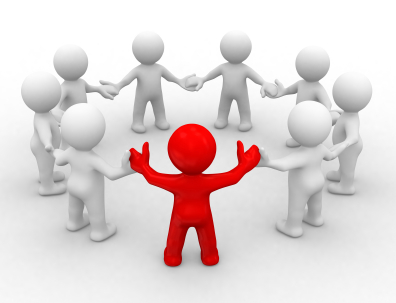What's in store for the stores? Or how will all these App stores evolve?
Last week pictures of Microsoft's coming App Store leaked. The line that stood out for me in this TechCrunch commentary was
 The deals/discounters:
The deals/discounters:



It looks almost as if Microsoft is ripping off Google ripping off Apple
The commentary is both accurate and a little unfair. On the surface, the claims seems valid. You could probably throw the Amazon App Store for Android into the mix as well. The stores have similar elements.
- A rotating, image-rich banner on the top to promote new/notable/preferred/interesting apps.
- Lists and modules to show the right slices of apps - a mix of curated and generated collections
- Individual detailed pages for the apps.
- The ability to dive into categories
- Most have reviews and ratings
- Some support evangelizing/sharing (i.e. tweet/share on facebook etc.)
The differences right now are mostly cosmetic (icon design, font sizes, banner designs, graphic elements, consistency with existing products etc.)
The comparison that keeps coming to my mind is the similarity to stores in the real world. The line in the article above is the equivalent of saying
Safeway is ripping off Target is ripping of Walmart
- in the real world (not their online stores :))
Its accurate from a distance, but misses a bunch of things.
To start with, this isn't a bad idea. All the stores in the physical world have roofs, walls, aisles and follow similar rules when it comes merchandising, displaying prices and promotions. Over time, each store has done their research, tweaked things from what they learned, and found and refined their own visual identity.
For app stores, Apple was the first to the game. They looked at the numerous existing stores on the Web - they had tons to look at including ones from Yahoo! and a bunch of gaming sites -and they figured out where the doors, aisles and windows needed to be for an App store, and being Apple, they found prettier doors and polished them for much longer.
Everyone that followed took a similar approach, and as the article above points out, they look more similar than different as each looked at those before them (or occasionally those that came after) to figure out how to improve their designs.
But that's certainly not the ways things need to be or the way things will stay. There's tons of stores on the Web that do things differently: Steam is cited very often as a store that does a bunch of things differently...and right.
Just like in the physical world, stores will find different ways to distinguish themselves, and I think they'll learn a lot from eCommerce where there's been tons of innovation in design, pricing and merchandising (particularly for soft goods) as well as the real world.
 The deals/discounters:
The deals/discounters:These will be sites that do the equivalent of flash sales (like Gilt Groupe) or have a deal-of the day model (like woot) Alternatively, some will simply be known as the place to get the best deals/discounts everyday (think your near-by WalMart - except the visual difference at first glance between store optimized for experience, and store optimized for cost isn't that large online.) Some will differentiate on offerings and exclusive windows (e.g. a game available first only in their store, e.g. Angry Birds with GetJar and then Amazon)
Community:

These'll will be smaller stores, which will work because they're focussed on a particular niche or will cater to a particularly passionate community (think Etsy or even Kickstarter.)
Atmosphere:
There will be stores that people come to simply because they're beautiful and delightful to browse. There are physical stores where people (even someone as loathe to shopping as I am) feel like spending time simply because the building is elegant or the store design is unique (think the Apple retail stores) The closest online are some fashion stores - I remember a bus ride from Boston to New York where the young woman next to spent the entire 4-hour bus ride on the Prada website.
These stores will have a combination of great visual design + the ability to immerse yourself in the products being sold - for clothes this had meant high-fidelity images and the ability to come as close as possible to touching them and visualizing yourself in them - and for or apps this is likely to translate into videos and the ability to try the app out or get high-fidelity highlights.
The service:
Think Zappos for app stores, and what that would be like.

I haven't been to the equivalents in the US, but when we were shopping for wedding clothes in India I remember being blown away by the service at one place - where we were asked to take a seat on a very comfortable sofa, and were offered sandwiches and soft drinks as a particularly enthusiastic sales person asked questions about our personal styles and suggested tons of stuff for us to try.
Social/Recommendations/Personal:
It goes without saying these days, but for completeness the pieces that do make this more interesting online is that we have more data and can bring more personalization to bear than in the physical world (think Amazon and Netflix-like recommendations and Facebook-inspired "Your friends liked this", paired with incentives like coupons and discounts specifically tailored to you.)
This is an incredibly interesting time to be in the business of online commerce, and hopefully there's going to be tons of experiments and innovation in store design and merchandizing. I'm curious to see how it all pans out. What're you expecting?
Comments